Introduction
The US’s proposal of a sweeping 50% tariff on Brazilian imports, scheduled to take effect on August 1, 2025, has triggered alarm across markets, media, and governments worldwide. Market leaders believe this is much more than an economic maneuver—it’s a geopolitical statement with far-reaching consequences. In this article, we’ll explore the latest updates, sector-specific impacts, and far-reaching repercussions for Brazil and the global economy.
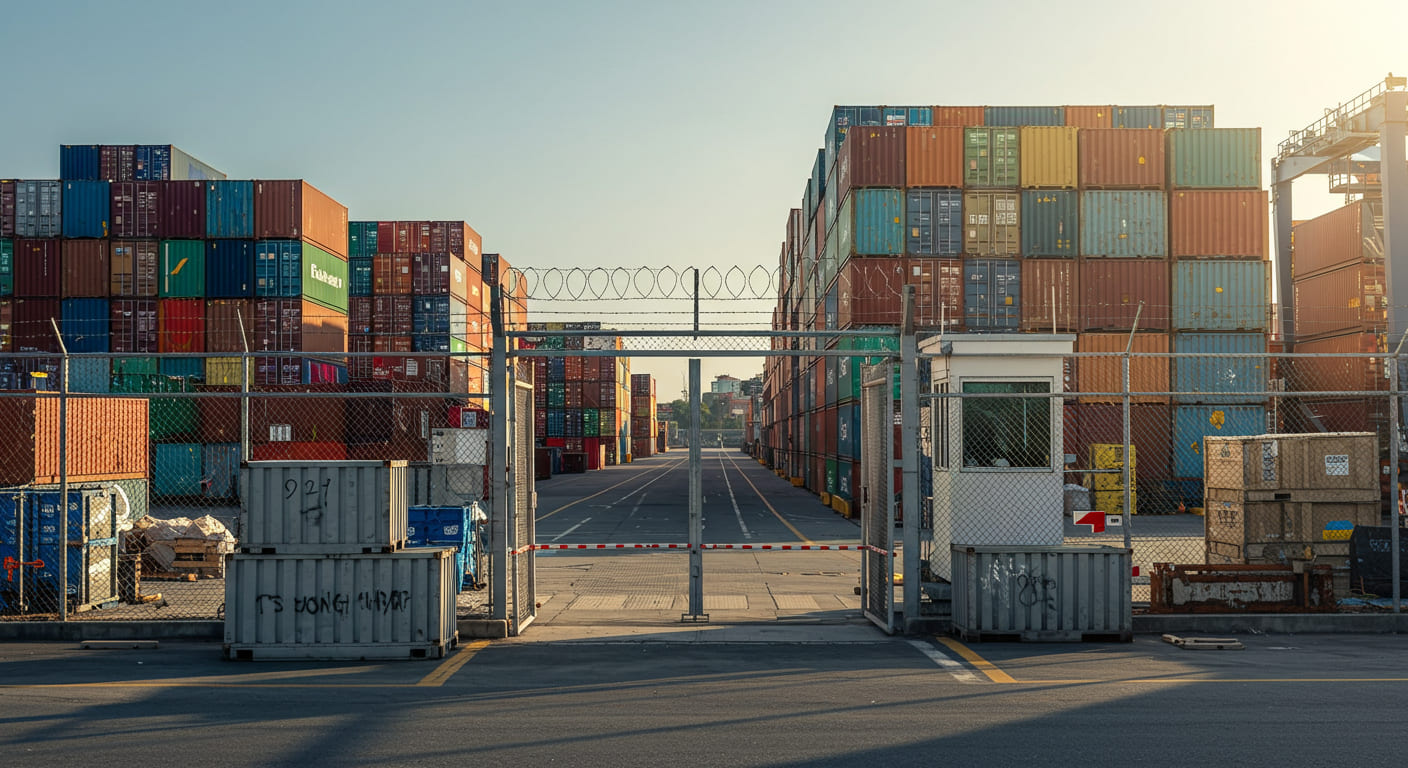
1. Background & Recent Updates
- Announced by former President Trump via an open letter dated July 9, 2025, this tariff hike targets a wide array of Brazilian goods—from beef and coffee to airplanes and pulp—raising existing rates from ~10% to 50%.
- Although these tariffs are being implemented under the so-called “Liberation Day” policy, invoking the IEEPA, their legal standing is contested in U.S. courts. Implementation is currently allowed pending appeals.
- The justification? A claimed trade imbalance and retaliation against Brazil for legal actions taken against former president Bolsonaro—labeled by Trump as a “witch hunt”.

2. Sector‑by‑sector analysis
2.1 Aerospace – Embraer
 Brazil’s aerospace giant Embraer is arguably the hardest hit—45% of its commercial jet exports and 70% of executive jets go to the U.S. CFO Francisco Gomes Neto warns this tariff threatens revenue comparable to the COVID‑19 slump, with an added tax of ~$9 million per aircraft making exports unviable.
Brazil’s aerospace giant Embraer is arguably the hardest hit—45% of its commercial jet exports and 70% of executive jets go to the U.S. CFO Francisco Gomes Neto warns this tariff threatens revenue comparable to the COVID‑19 slump, with an added tax of ~$9 million per aircraft making exports unviable.
2.2 Agriculture
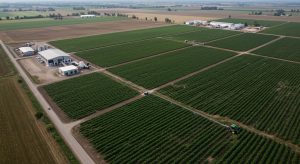 Beef: The U.S. is Brazil’s second-largest beef market. Following the 50% tariff announcement, key exporters like Minerva have already halted shipments.
Beef: The U.S. is Brazil’s second-largest beef market. Following the 50% tariff announcement, key exporters like Minerva have already halted shipments.- Coffee: As the world’s largest coffee producer, with about 17% of its exports heading to the U.S., Brazil faces sharply reduced demand. U.S. futures markets are already reacting, and importers warn prices may spike for consumers.
- Orange juice & pulp: With 41.7% of orange juice exports and significant pulp trade flowing to the U.S. (used heavily in tissue and packaging industries), a 50% tariff will disrupt global supply chains.
2.3 Metals & pulp
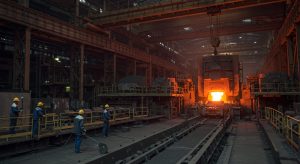 Beyond agriculture, copper is getting hit too: the tariff hits refined copper, raising costs for U.S. manufacturers . Brazilian pulp exporters fear losing ground to competitors in Southeast Asia, while downstream customers deal with rising input prices.
Beyond agriculture, copper is getting hit too: the tariff hits refined copper, raising costs for U.S. manufacturers . Brazilian pulp exporters fear losing ground to competitors in Southeast Asia, while downstream customers deal with rising input prices.

3. Economic & financial repercussions
3.1 For Brazil
 Export revenues plunge: The U.S. is Brazil’s 2nd-biggest market. A sweeping 50% tariff threatens export earnings, hurting the trade balance.
Export revenues plunge: The U.S. is Brazil’s 2nd-biggest market. A sweeping 50% tariff threatens export earnings, hurting the trade balance.- Corporate earnings & jobs under threat: Embraer, Minerva, pulp producers, coffee farms—many are embedded with U.S. demand; layoffs and pay cuts may follow.
- Shift in global supply chains: Brazil may re-orient exports to China, Europe or within Latin America, but margins and logistics overlook lost efficiency.
3.2 For the U.S. and consumers
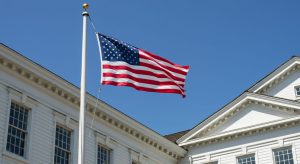 Domestically higher prices: U.S. consumers can expect increased breakfast costs—coffee, OJ, beef bills rising 20–30%.
Domestically higher prices: U.S. consumers can expect increased breakfast costs—coffee, OJ, beef bills rising 20–30%.- Supply chain disruption: Industries reliant on Brazilian pulp, copper, and inputs could face raw material shortages or higher costs—impacting paper, packaging, electronics.
- Investor sensitivity: Initial market reaction was skeptical; equity indices like the Nasdaq and S&P remained resilient, but volatility surged before steadying.
3.3 Global knock‑on effects
 BRICS and other exporters: A major tariff sets a precedent—other suppliers to the U.S. may face punishment tariffs tied to political motives.
BRICS and other exporters: A major tariff sets a precedent—other suppliers to the U.S. may face punishment tariffs tied to political motives.- Retaliation & trade wars: Brazil’s government has signaled reciprocal tariffs via a new trade reciprocity law, threatening trade escalation. The EU, Canada and others may join in or pressure via WTO.

4. Political implications
- Brazilian internal politics: Bolsonaro allies have criticized Lula’s diplomatic responses, fearing economic harm hurts conservative base—even those close to Trump are uneasy.
- US political strategy: Critics argue this is not a principled trade move, but a political weapon aimed at punishing Brazil for Bolsonaro’s prosecution—a move both “counterproductive” and legally shaky.
- Diplomatic relations: Brazil has formally requested high-level negotiations, engaging U.S. business groups (U.S. Chamber, AmCham Brazil) to pressure Washington. Lula has formed a government task force and plans to invoke reciprocity law if talks fail.

5. What lies ahead?
1. Legal drama in U.S. courts: The tariffs are being challenged on constitutional grounds under IEEPA—their future hinges on a scheduled July 31, 2025 hearing.
2. Negotiation or escalation: Brazil aims for diplomatic talks; the U.S. Chamber and AmCham are pushing for compromise . Bolsonaro’s prosecution is politically sensitive, complicating Trump’s motivations.
3. Reorientation & mitigation: Brazilian exporters are re-routing shipments or temporarily halting operations (e.g., Minerva). Coffee roasters are diversifying sourcing, pulp producers courting Asia.
4. Spill-over effects: Other Brazilian industries (autos, electronics) remain on alert. High U.S. tariffs could spark a wave of global tariff retaliation and undermine WTO norms—potentially triggering a broader trade spiral.

6. Conclusion
The US 50% tariff on Brazilian exporters is far more than a trade tweak—it’s a potent mix of political retribution, economic disruption, and supply‑chain chaos. It threatens core industries in Brazil (aerospace, meat, coffee, pulp, metals), puts upward pressure on U.S. consumer prices, and risks fracturing global trade institutions.
Brazil’s path forward depends on negotiations, legal rulings, and effective counter‑measures. Meanwhile, businesses on both sides are scrambling to adapt or mitigate losses.
If your company exports to the United States or could be affected by these new tariffs, get in touch with CLM Controller. Our experts are ready to help you navigate the tax and trade implications of this scenario.

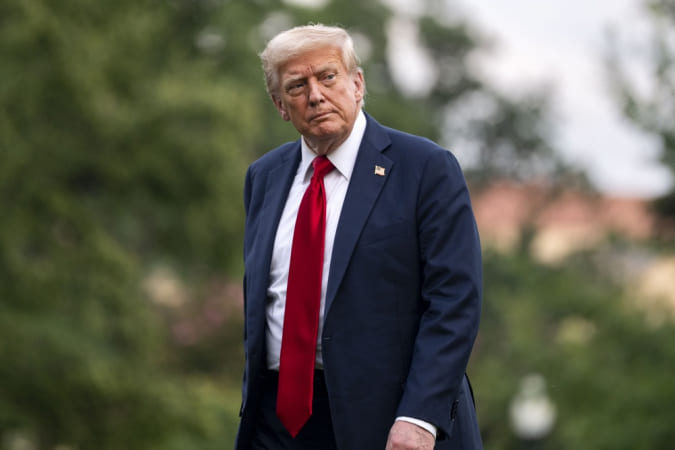


0 Comments